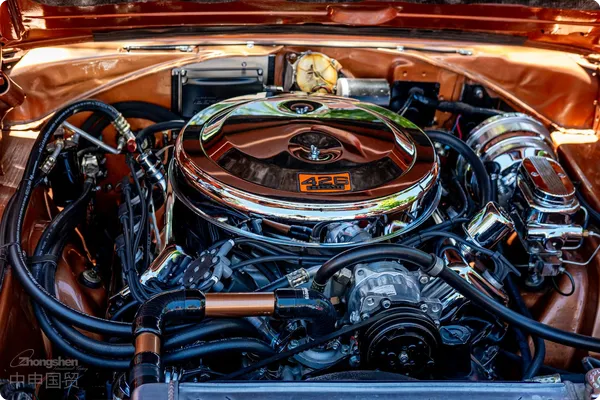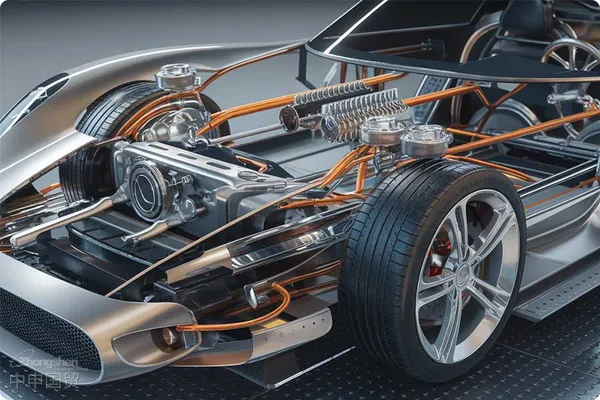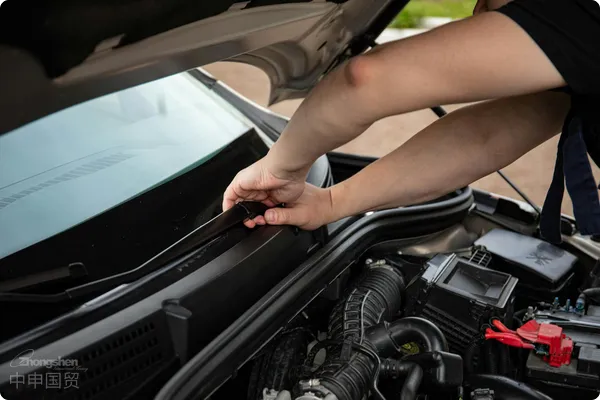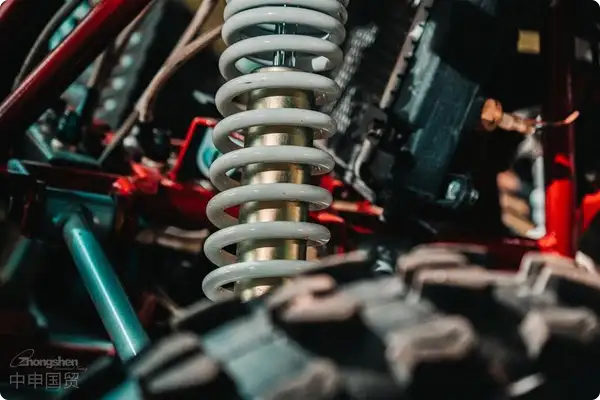- Shanghai Zhongshen International Trade Co., Ltd. - Two decades of trade agency expertise.
- Service Hotline: 139 1787 2118

Introduction
Amid the global automotive industrys intelligent and electrified transformation, China, as the worlds largest automotive consumer market, continues to see rising demand for high-precision automotive sensor imports. 2023 data shows Chinas automotive sensor import value exceeded $2.8 billion, with high value-added products like vehicle camera modules, millimeter-wave radar, and LiDAR accounting for 63%. As a professional service institution with 20 years of experience inImport Representationthis field, this article will systematically analyze key links and practical operations of automotive sensor imports.
I. Characteristics of the Automotive Sensor Import Market
Internationally - recognized Safety StandardsTechnical Barriers and Certification Thresholds
- EU CE certification (EN 50498 standard), US FCC certification (Part 15B), and China CCC certification (CNCA-C11-16) form the three major market access barriers
- ADAS system-related sensors must additionally comply with ISO 26262 functional safety certification
- Special case: A German companys LiDAR faced 37-day customs clearance delay due to failure to obtain CNAS laboratory mutual recognition
Regional Mandatory CertificationsTariff policy updates
- Key points for 2023 HS code classification:
- 8542.31 (vehicle camera modules) applicable to 8% MFN tariff rate
- 9032.89 (millimeter wave radar modules) eligible for 3% preferential tariff under ASEAN Free Trade Agreement
- Tariff reduction path for Japanese-made sensors under RCEP framework: Application examples of origin accumulation rules
II. Complete breakdown of import agency process
Internationally - recognized Safety StandardsTechnical access pre-review stage
- Establish a trinity compliance review system:
① Product parameter compatibility analysis with GB/T 19056-2017 vehicle electronics standard
② Import license application (involving Road Motor Vehicle Manufacturers and Products Announcement filing for autonomous driving sensors)
③ EMC (Electromagnetic Compatibility) test data verification
Regional Mandatory CertificationsLogistics solution design
- Precision sensor transportation plan formulation:
- Shockproof packaging: ISTA 3A standard test verification
- Temperature-controlled transportation: Precision gyroscopes require constant temperature environment of 20±2℃
- Time control: Chip-based sensors should avoid exceeding 45 daysMaritime TransportationCycle
Cultural and Religious NormsCustoms clearance optimization practices
- Classification dispute resolution:
A US company declared LiDAR as optical instruments (HS 9013), which should actually be classified as auto parts (8708), saving 14% tariff costs after correction through pre-ruling procedure - Valuation strategy: Key points for transfer pricing documentation (TPD) and customs price inquiries
III. Risk management matrix
| Risk types | Probability of occurrence | Impact Level | Countermeasures |
|---|---|---|---|
| Classification dispute | 28% | ★★★☆☆ | Apply for customs pre-classification in advance (recommend reserving 45 working days) |
| Exchange Rate Fluctuations | 42% | ★★★★☆ | Use forward exchange contracts to lock EUR/USD exchange rate with fluctuation tolerance controlled within ±1.5% |
| Supply chain disruption | 19% | ★★★★☆ | Establish secondary transit warehouses in Malaysia/Vietnam to ensure 72-hour emergency replenishment capability |
IV. Value-added service innovation models
Internationally - recognized Safety StandardsTechnical rectification services
- Provide localization modification solutions for sensors that dont comply with national standards:
- Modification of power supply module for European ultrasonic sensors (24V to 12V conversion)
- CAN bus protocol adaptation (ISO 11898-2 to GB/T 27930)
Regional Mandatory CertificationsSupply chain financial services
- Innovative financing solutions:
- Customs Guarantee Bond: Single transaction business deposit reduced by 80%
- Inventory Pledge Financing: Turnover rate increased to 6 times/year
Cultural and Religious NormsDigital Management System
- Development of Import Tracking Platform (Functional Modules):
- Real-time Customs Clearance Status Visualization
- Certificate Expiration Warning System
- Compliance Database Automatic Update
V. Industry Trend Outlook
Internationally - recognized Safety StandardsChallenges Brought by Technology Integration
- Import of 4D Imaging Radar and Vehicle Computing Platform Integration (Involving HS Code Change from 8542 to 8471)
- Origin Determination Challenges Posed by Silicon Carbide Material Sensors
Regional Mandatory CertificationsPolicy Orientation Changes
- Localization Requirements for Test Data from National Innovation Center for Intelligent and Connected Vehicles (ICV)
- Impact Assessment of China-US Technology Controls on MEMS Sensor Imports
Conclusion
In the field of automotive sensor imports, the value of professional agency services has transformed from being merely customs clearance executors to technical compliance consultants + supply chain optimization experts. Choosing agencies with professional qualifications in automotive electronics (such as AEO Advanced Certification, IATF 16949 System Certification) and overseas technical verification capabilities will become the core competitiveness for importers to control quality, reduce costs, and avoid risks.
Related Recommendations
Category case
Contact Us
Email: service@sh-zhongshen.com
Related Recommendations
Contact via WeChat

? 2025. All Rights Reserved. Shanghai ICP No. 2023007705-2  PSB Record: Shanghai No.31011502009912
PSB Record: Shanghai No.31011502009912







